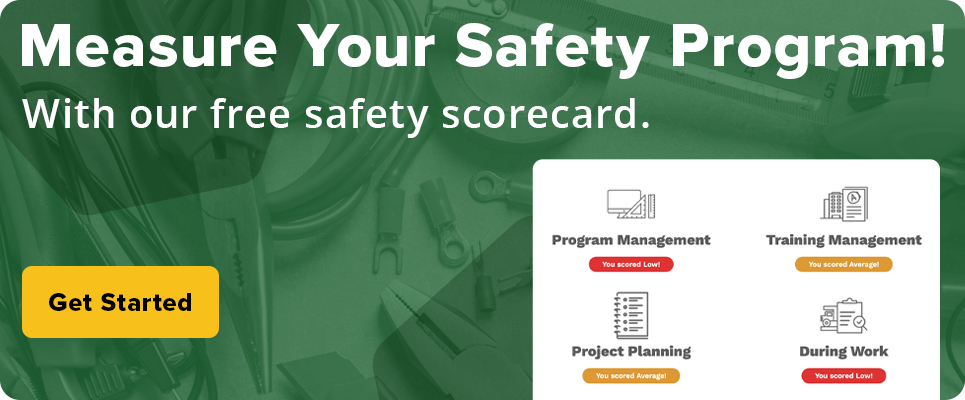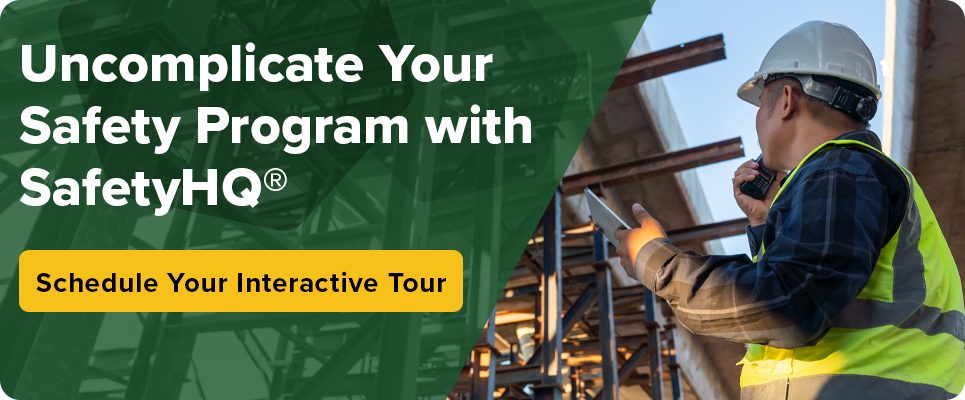
In construction, inspections are inevitable — but gaps in safety that cause compliance issues shouldn’t be. In 2024, OSHA conducted 34,625 inspections in the construction industry, with 17,455 unprogrammed and 17,170 programmed inspections, according to OSHA Online Center.
Whether it’s a scheduled visit or a surprise check, being unprepared for a safety audit can cost contractors time, money and credibility. Fortunately, by investing in tools like construction safety software, contractors can stay ready, organized and OSHA compliant on all their projects.
From maintaining detailed audit trails to conducting regular safety checks, construction safety software has transformed how forward-thinking contractors manage jobsite compliance.
Here’s how you can use construction safety software to prepare for inspections and avoid costly violations.
Key Takeaways
- Contractors who perform internal audits with accurate digital records avoid compliance issues during OSHA inspections.
- Safety checklists reinforce daily accountability by guiding crews through safety steps and compliance procedures.
- Construction safety apps like SafetyHQ® make it easy for contractors to build compliance audit trails, manage checklists and perform internal audits that keep jobsites OSHA-ready.
1. Stay Prepared With Digital Records
Paper records are easy to lose, difficult to search and hard to update in real-time. Digital records, on the other hand, provide an organized, centralized way to store and access critical documentation like:
- Certifications and safety training records
- Jobsite Hazard Assessments (JHAs)
- Equipment inspections and maintenance
- Toolbox Talks
Cloud-based systems make it easy to retrieve this information from any device — no digging through binders or worrying about missing paperwork across teams. When an inspector asks for proof of compliance, digital records allow you to respond quickly and confidently.
2. Conduct Internal Audits Before the Real One Hits
When done regularly, internal audits help identify gaps in documentation, safety practices and labor compliance — before an inspector does.
Digital audit tools make it easier to standardize the internal process across teams and jobsites. They can alert managers to missing certifications and or gaps in safety reporting before an external audit occurs.
Benefits of digital internal audits:
- Identify non-compliance early
- Track and resolve issues in real time
- Keep historical records for future reference
- Creates accountability across teams
Construction safety apps also offer automated notifications and audit trails, reducing the risk of manual oversight and keeping your crews compliant.
3. Use Safety Checklists to Maintain Compliance Daily

OSHA has strict guidelines that must be followed, and failing to meet them can lead to steep fines, project delays and even work stoppages.
Digital safety checklists help ensure daily compliance by prompting crews to complete required tasks before work begins, such as personal protective equipment (PPE) checks, fall protection and equipment safety checks.
Why safety checklists matter:
- Reinforce daily accountability
- Provide proof of compliance in real time
- Help identify hazards before they become incidents
- Standardize safety protocols across crews and projects
Best of all, completed checklists can be automatically stored and backed up — making it easy to produce documentation during an inspection and review past checklists to identify areas of improvement.
4. Bring It All Together With the Right Safety Mindset
Digital records, audits and safety checklists each play a critical role in inspection prep — but their true power comes from using them together to reduce administrative burden and create a safety culture based around accountability.
Here are a few best practices to consider:
- Train your crews on how to properly complete and submit digital checklists and forms.
- Invest in construction safety software that allows you to build an accurate safety audit trail that stands up to any inspection.
- Review digital records regularly so you’re never caught off guard by missing info.
By investing in digital tools now, you reduce the risk of violations later while developing a workforce that has a safety-first mindset.
You also get peace of mind that your workers are properly trained and educated before they enter the jobsite because construction safety software can distribute job-specific training and track certifications in real-time to ensure OSHA compliance.
Keep Sites Safe and Secure With SafetyHQ®
Inspections don’t need to be a source of stress. With the right digital safety systems in place, contractors can perform their own internal audits to ensure they’re organized, compliant and confident before an OSHA audit occurs.
From logging daily activities to building safety materials and tracking safety performance, construction safety software — like SafetyHQ — gives contractors the control they need to keep their crews safe while avoiding violations, project delays and protecting their bottom line.
SafetyHQ offers:
- Cloud storage to keep all your safety documentation in order
- Customizable Toolbox Talks to prepare your teams before jobs begin
- Employee certification tracking to ensure workers are qualified before they enter the jobsite
For more information, speak with a specialist today.
Share Article
Keep on current news in the construction industry. Subscribe to free eNews!





